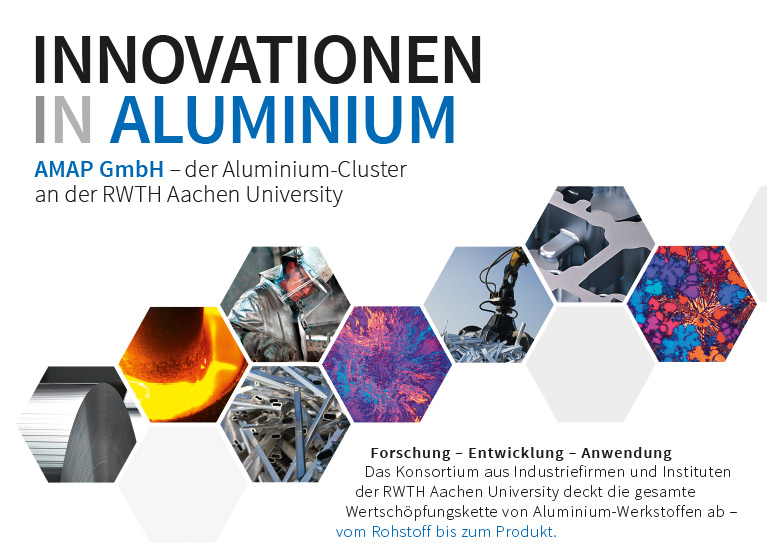IV.2 - Aluminum instead of Copper in e-motors
Maik Broda
Ford Werke
Summary
Is there potential for aluminum as winding wire for electric motors? A study sponsored by AMAP and carried out at RWTH Aachen University by the Production Engineering of E-Mobility Components (PEM) faculty and the Institute of Electrical Machines and Chair of Electromagnetic Energy Conversion (IEM) has investigated this question. Maik Broda from Ford R&A presented the results of the study in the lecture “Aluminum instead of Copper in e motors” in Aachen.
E-mobility is picking up speed. Based on the latest scenarios, sales of BEVs, FEVs and hybrid vehicles in Europe will increase to 13.36 million vehicles per year by 2030. Assuming that each vehicle will have an average of 1.5 e-motors, there will be a demand for up to 20 million e-motors per year. For Broda, it is clear that costs will be a key driver for the long-term production prospects of e-motors in the EU. Considering that copper is four times more expensive than aluminum, it makes sense to consider stator windings made of aluminum wire for electric motors.
The use of aluminum as a conductor material is currently still far from the automotive standard. While the conductivity of copper in the stator winding is 58 megasiemens per meter (MS/m), it is only 38 MS/m for aluminium.
The efficiency of the machine with aluminum winding is lower than that of the machine with copper winding. The tests on the PEM and the IEM revealed higher losses in the machine with aluminum winding than in the machine with copper winding; the maximum absolute total loss difference was around 1.1 kW. In percentage terms, the loss difference decreases with increasing speed/frequency. The efficiency in the base speed range is 0.5% to 4% lower for the aluminum winding. This is reflected in a slight reduction in the range of the vehicle. This can be counteracted with the help of an adapted design.
Conclusion
What application possibilities arise for the aluminum industry through the substitution of copper with aluminum in the manufacture of electric motors? The use of aluminum as a material for die-cast rotors is, however, common industrial practice. The simulation results carried out in Aachen show that aluminum also has a high potential for use as an electrical conductor in the stator. However, the alternating current resistance of the aluminum winding is at least 20 % higher than that of the copper winding. This leads to higher ohmic alternating current losses and a lower efficiency of the aluminum winding with losses of between 2-5% compared to copper. On the other hand, there are significant cost advantages of 80-85% in the production of electric motors with aluminum as the conductor material.
There is a need for further research - and not only for aluminum - particularly in the process control of the welding and bending process of hairpins to ensure process stability. Aluminum is expected to simplify the bending process due to the lower bounce behavior after forming, faster and more robust stripping and the joining process due to the better coupling of the laser compared to copper.Current efforts to use aluminum as a conductor material in the stator are mainly taking place in generator and mechanical engineering. In the automotive industry, only a few companies are currently using aluminum as a conductor material.


